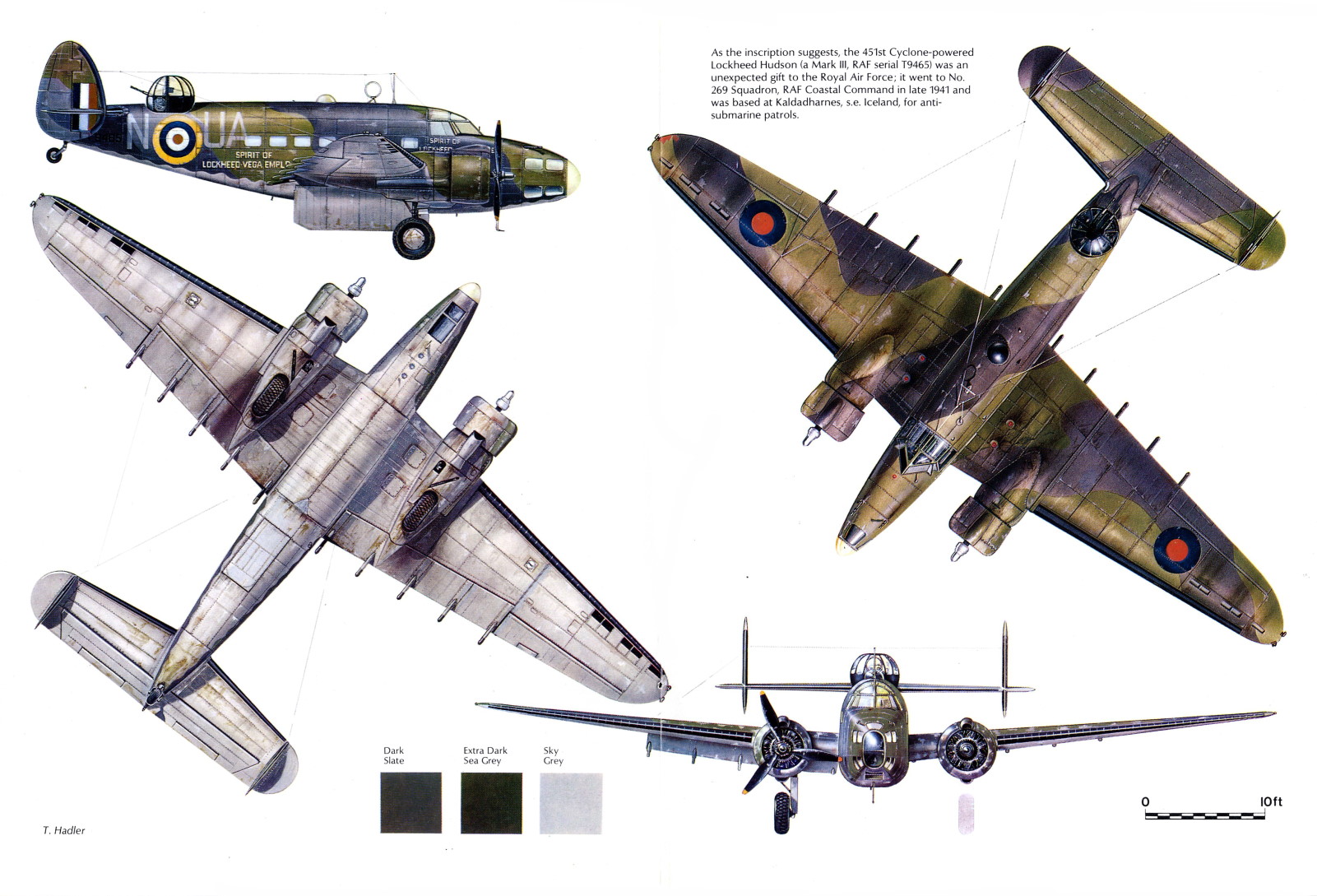Actually the US was building some advanced commercial planes, to the extent that many airlines, companies and countries were buying American aircraft.
Yes indeed, the USA led the world in advanced airliner design and manufacture, but that did not directly translate to useful military aircraft until the USA entered the war in 1941/1942. by that time, America had learned a LOT from its erstwhile ally across the Atlantic by then.
The US had a number of aircraft in the pipeline to replace it.
Not lots, and its early prototypes of most of its pre-war bombers were heavily modified before they entered production or didn't see extensive service at all, look at the DB-7, B-25, and B-17 of course, and what about the B-23 and those big B-19 and B-15 giant bombers and so forth? Just because the Bolo was numerous, it doesn't mean it was suited for combat operations. That's the difference. Sure, the earlier Whitleys suffered with the Tiger, but the V powered by Merlins entered service before the war started. It was a superior bomber to the Bolo. Even the Hampden was designed to have power operated turrets, which no US bomber had before the war. And then there was the Wellington, which again, in the Ic model with proper power turrets rather than the gun installations designed by Vickers could carry heavier loads.
Britain had more modern bombers than the USA did by 1939 and was more of a match in capability to the Luftwaffe, which it can be said set the benchmark. That the USA was going to catch up was inevitable and rightly so, but the Brits helped that process a lot more than most Americans are prepared to admit. As I mentioned, the secret to the USA's success before the shooting started was its potential. The Brits knew this early on, that's why the Brits and French turned to the USA for modern aircraft with the joint Purchasing Commission. That manufacturing potential was very useful to Europe.
America's "isolationist policy" set it back in military matters between the wars. British forces, including the RAF had combat experience in that period which no doubt aided its development, but again, what has to be asked is, when rubbishing the Brits and their policy decisions, could any other armed forces in the world with their pre-war policies have done any better in 1939/1940 against Germany? I sincerely doubt it.
Boeing was disappointed when they only sold 75 of 247 model.
Yup, the USA is a bigger country, and the airline market is larger, as mentioned, Britain had an extensive rail network that was far more comprehensive than the USA's simply because the country was smaller. The USA is today the world's biggest airline market for the same reasons as it becoming a giant in the first place, great distances across the same continent serving a big population in spread apart centres. Britain and other European aircraft crossed greater distances, sure, but they did not require the same number of aircraft because there wasn't the same volume of passengers travelling those distances. Two very different markets and requirements.
Last edited:

 This is what I wrote:
This is what I wrote:
